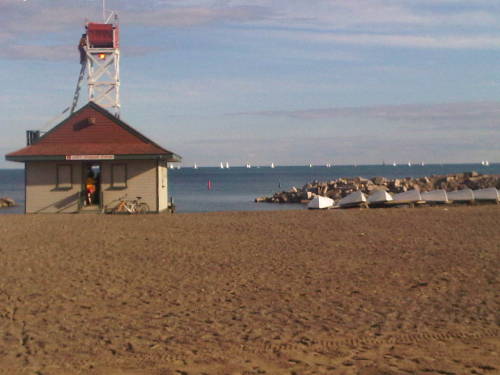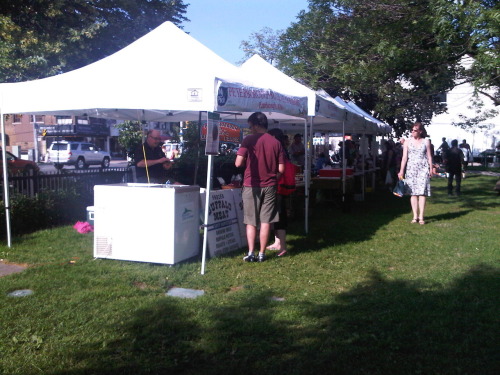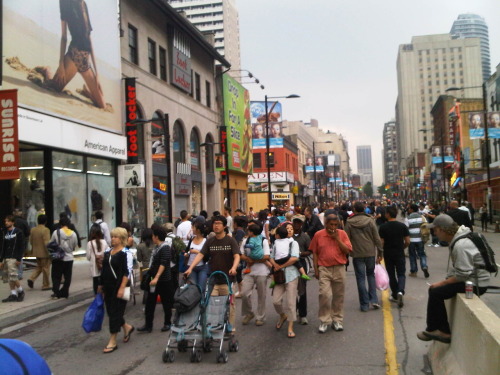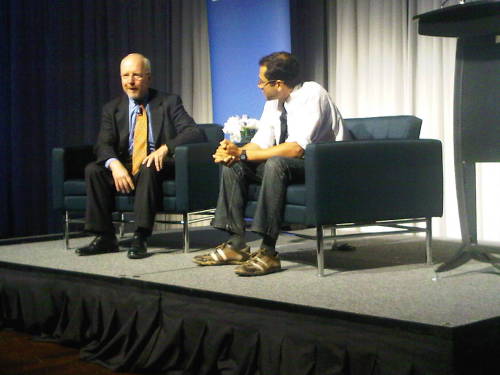

















I first met G.A. at the 1998 ISSS meeting in Atlanta, which I’ve cited to many as the single best educational experience of my life. G.A. had encouraged me, as well as Jennifer and Gary, to become more and more involved in the systems community over the years.
We spent the evening catching up on news, and reminiscing. In his home, the photographs and souvenirs of world travels suggested not only a man who was known internationally, but who might also have been a Southern rebel in his youth. The next morning, we moved a few things around to take G.A.’s car to the university.
While I first met G.A. in his role as ISSS president in 1998, he had long been a professor of accounting at Tennessee Tech since 1982. His office was in the College of Business at Johnson Hall.
We helped G.A. finish cleaning out his office. He had sent in his last paper for publication, and said that he wouldn’t be needing any more references. In the inner room were years of books not only on systems research, but also on accounting.
G.A. had a complete archive of systems research. Jennifer packed up some of the old artifacts that are hard to find. Continue reading “2009/05/02 Farewell to G.A., Cookeville, TN“
The fork on the east side is Harajuku Street. I remember walking down this stretch and thinking that the buildings didn’t seem very interesting.
One or two intersections up, looking to the right, is a strange building at the end of the street.
Design Festa Gallery always amuses me, with the nearly-random pipes on the front facade of the building.
Since I’ve been to the gallery before, I decided to start on the upper floors for a change. The murals on the stairwell walls are entertaining.
We were greeted by two Japanese girls, who asked us to rate our favourite student paintings of the day. Continue reading “2009/03/01 Design Festa Gallery, Cat Street, Omotesanda Street, Harajuku Bridge“
On this street was a large temple or church. Christian?
As we continued, we found a small torii, marking the entry to a common space or park.
Sunday morning seems to have been flea market day in this neighbourhood.
On the temporary tables, there was an assortment of pots. Continue reading “2009/03/01 Jingumae flea market, Takeshita dori, Tokyo“
I guess that Saturday afternoon is a good bet for families to visit the gardens.
As we entered the gardens walking north, I enjoyed the view of the brook to the side.
The park honours the Emperor Meji who passed away in 1912, and is interred in Kyoto. The view of the long, tree-covered walk is impressive.
Sake barrels are displayed as decorations, emptied from prior festivals after having been donated by local brewers.
The Meiji period was seen as enlightened one, when the emperor enjoyed western food and took wine with it. Wineries in Bourgogne, France, consecrated these barrels in the emperor’s honour. Continue reading “2009/02/28 Meiji Jingu, Shinto Shrine, Tokyo“